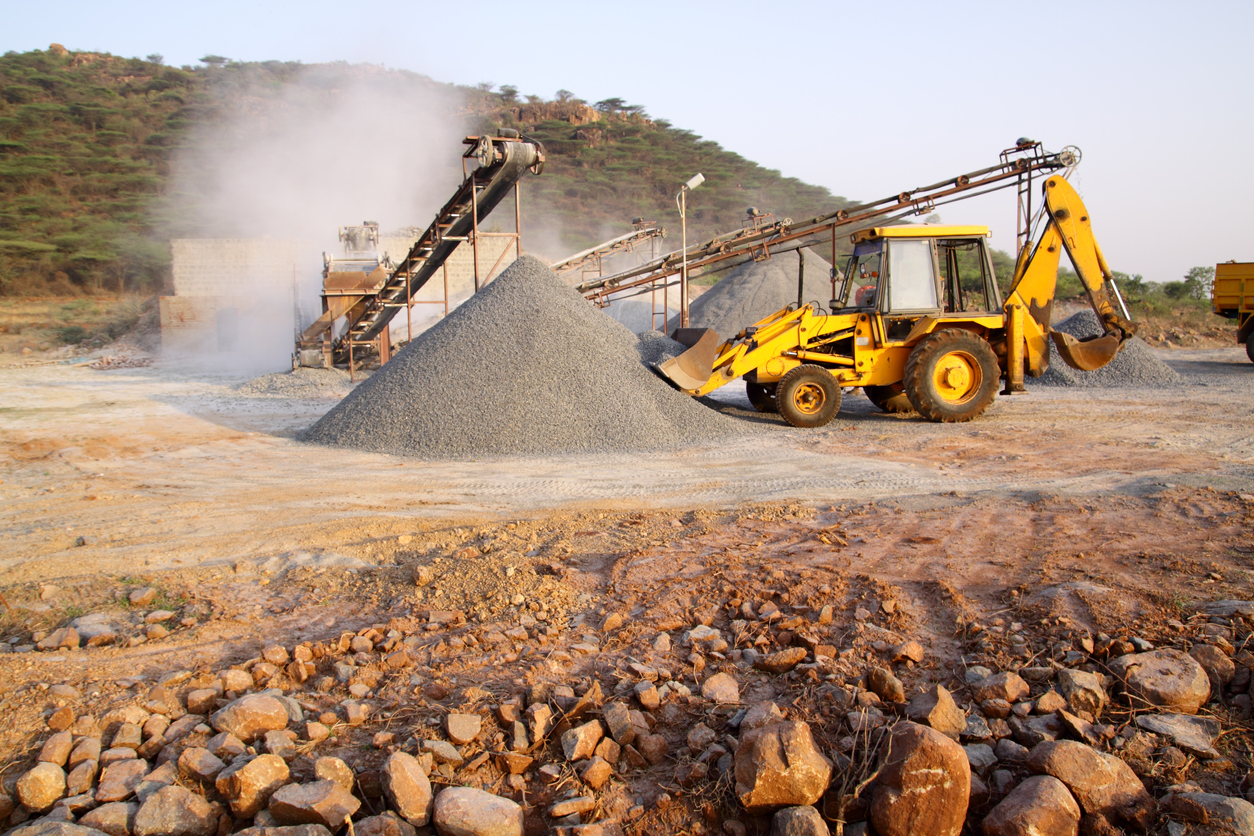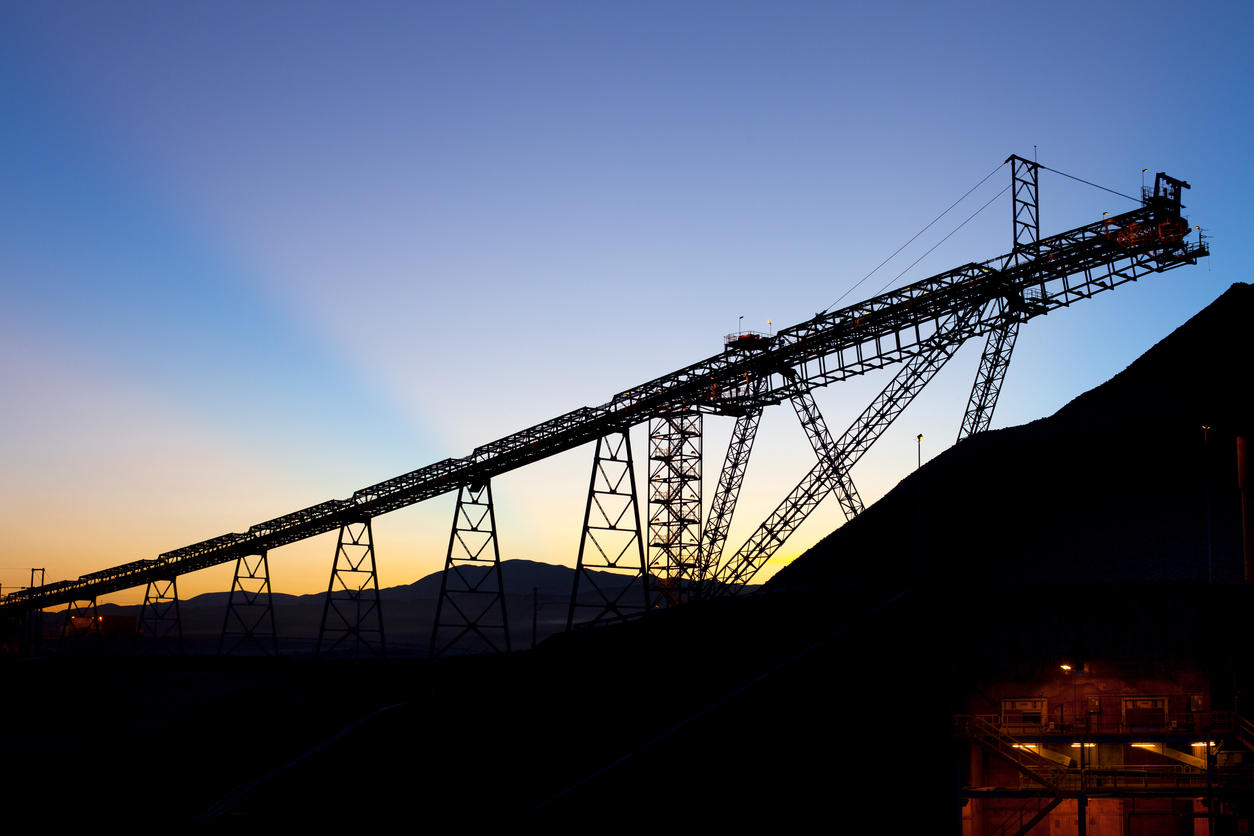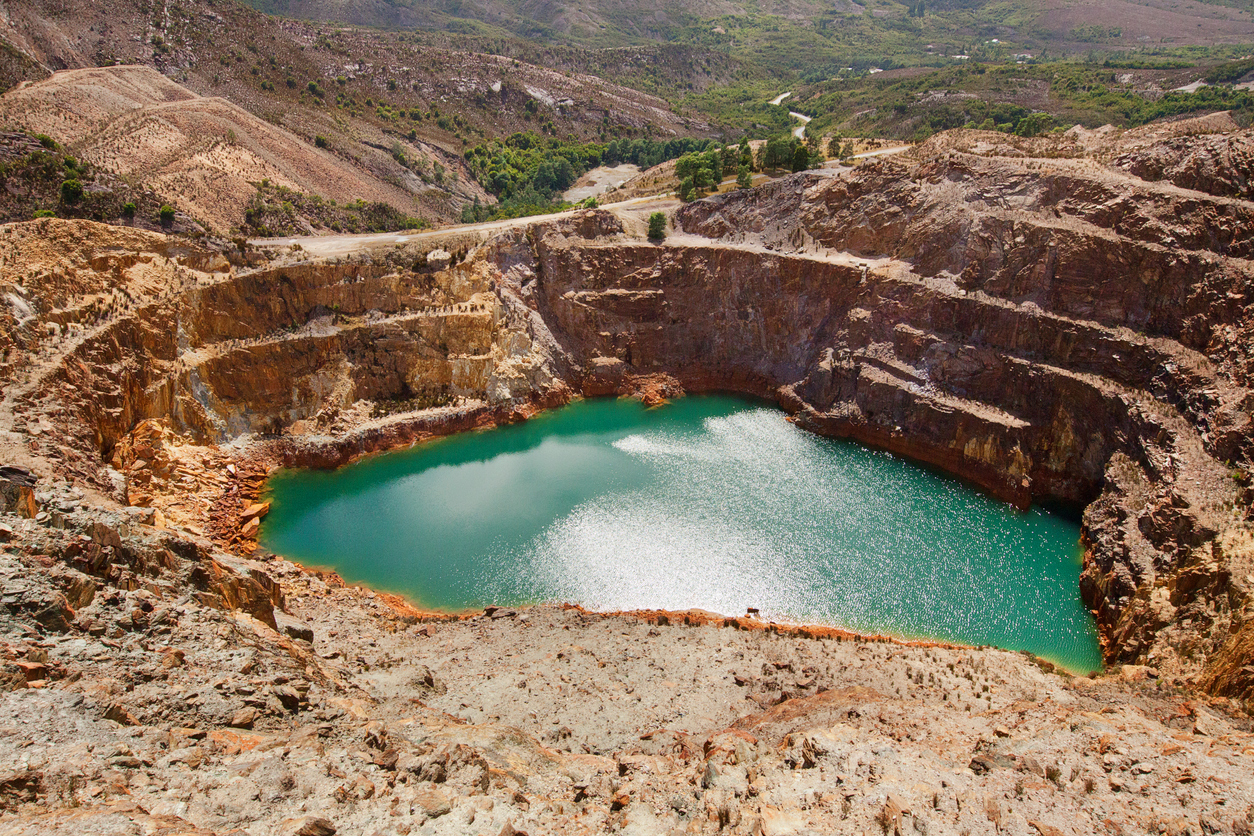Autonomous Dozing: Major benefits in mine-site rehabilitation
Originally published by IM Mining.
Advancing Mine-Site Rehabilitation Through Automation
Mine-site rehabilitation presents a significant earthworks challenge for companies, involving considerable resources and high costs at a time when revenue from ore extraction is minimal. To address these challenges effectively, companies must adopt the most cost-efficient methods available. One promising approach involves the automation of rehab dozers, a concept that Auto-mate and other experts are exploring for its potential benefits in safety and efficiency.
The Benefits of Automated Dozers for Rehabilitation
Auto-mate sees the automation of dozers as a chance to re-evaluate traditional dozing methods. Cameron Smart from Cammel Consulting notes that the conventional wisdom of a 200-meter economical push distance for dozers no longer applies in rehabilitation scenarios. Rehabilitation often involves pushing material downhill, over edges, and into voids, rather than uphill or across long distances. This is unlike general mining operations. In some cases, dozer push distances of up to 500 meters can be more efficient than traditional methods such as scraper or truck/shovel operations.
This efficiency arises from the dozer’s ability to move material in a straight line without requiring additional infrastructure. For instance, pushing material downhill at grades over 10% can take advantage of gravity to move material more effectively than rubber-tired equipment, which might require a long round-trip. Therefore, Auto-mate argues that automating dozers can reduce operational costs for mine rehabilitation and enhance overall safety.
Addressing Safety Concerns Through Automation
Automation addresses significant safety concerns associated with mine-site rehabilitation. Traditional dozer operations face risks such as geotechnical failures, which can be difficult for operators to detect, especially in poorly lit or night conditions. Autonomous dozers, equipped with advanced sensors, can monitor the operational face and provide real-time alerts to prevent potential hazards.
Autonomous dozers also mitigate risks related to driver fatigue and monotony, which can compromise safety in manual operations. By removing the need for an on-board operator, automation not only enhances safety but also supports an efficient rehabilitation process. Automated dozers represent a safer alternative for the complex and potentially dangerous tasks involved in mine-site rehabilitation. This reduces the risks of failures.
Maximising the Use of Aged Assets
Automated technologies offer an effective solution for repurposing aged dozer assets for rehabilitation tasks. As mining operations progress towards closure, the relocation of old equipment to other sites becomes less economical. However, Auto-mate’s autonomous systems enable the retrofitting of these aged dozers for new tasks without the need for costly relocations or additional infrastructure.
Retrofitting these machines for autonomous operation allows mining companies to utilise existing resources more effectively. It also helps overcome challenges related to driver shortages and high wage demands, which are becoming more pronounced in the industry. By enabling these older dozers to perform rehabilitation tasks, mining companies can achieve significant cost savings while ensuring that rehabilitation efforts proceed efficiently.
Future Implications for Mine-Site Rehabilitation Regulations
Looking ahead, regulatory frameworks for mine rehabilitation will likely evolve to incorporate best practices and updated technologies. Auto-mate emphasises that autonomous technologies will play a crucial role in meeting these new regulatory requirements. As governments push for more comprehensive and effective rehabilitation plans, the use of automated dozers can help ensure that these plans are executed safely, cost-effectively, and to regulatory standards.
The automation of rehabilitation dozers offers a range of benefits for the mining industry. From increasing efficiency and safety to maximising the value of existing assets, autonomous dozers present a promising advancement in mine-site rehabilitation practices. As the industry continues to evolve, embracing these technologies will be essential for meeting future challenges and regulatory demands.
A Potential Fine-Wine Pairing?
Just as a fine wine pairs with good cheese, automation of rehabilitation dozers can complement K2fly’s Land Rehabilitation Solution. K2fly’s platform already offers a streamlined and centralised data system for land rehab. Automated dozers could build on this foundation. Monitoring is a key feature of K2fly’s solution. Autonomous dozers could bring a new level of transparency. They could also integrate seamlessly with existing systems.
Would you like to know More?




